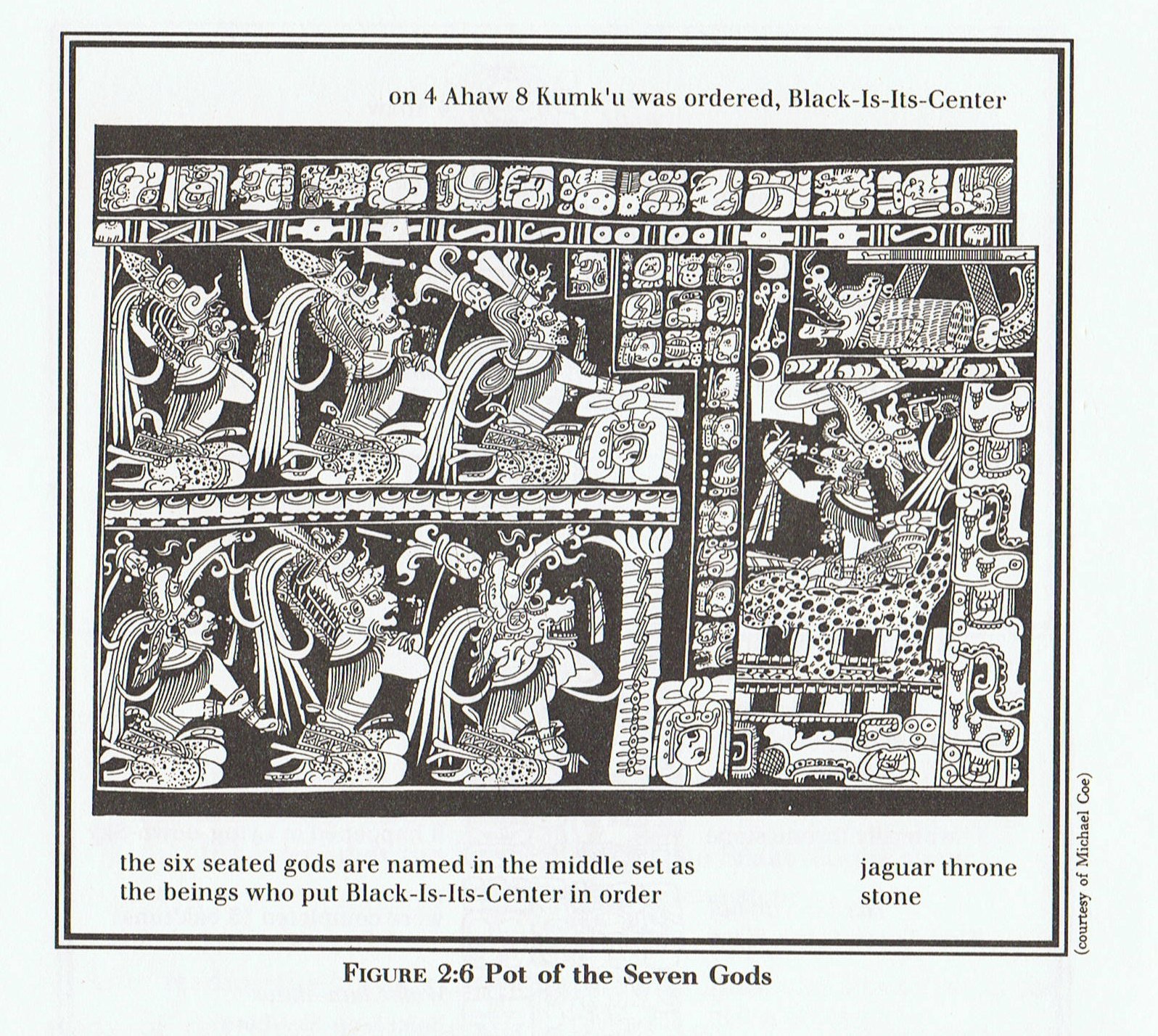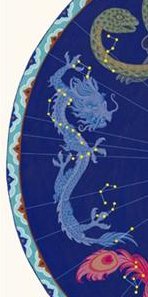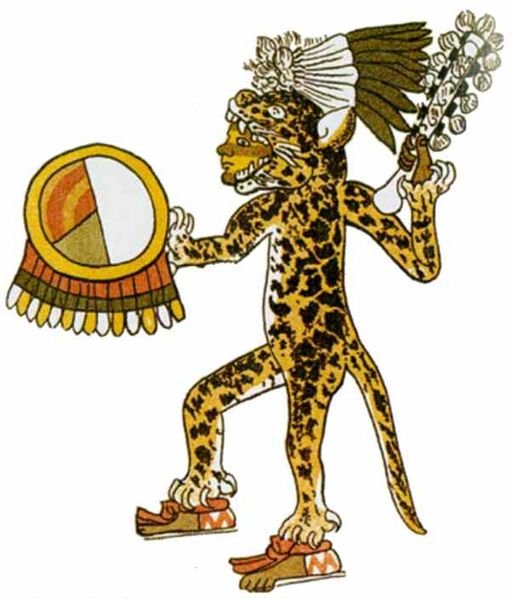331. We are dealing with picture language and a mythic picture is built up by many small significant details ('pixels'). In the formidable book by Allen (Star Names. Their Lore and Meaning.) his General Index has only one item for Saturn (Saturnus, 308): "Saturnus has been another title [for Orion], but its connection here I cannot learn, although I hazard the guess that as this divinity was the sun-god of the Phoenicians, his name might naturally be used for Uruanna-Orion, the sun-god of the Akkadians." The god Saturnus and the planet Saturn are corresponding to each other, I think. Names are not arbitrary and if my interpretation of Makoi as a name for the planet Saturn is correct, then it seems reasonable to let him stay behind given there was perceived a connection between Easter Island and Orion. One of the Polynesian names for Saturn was 'Dripping Water' which sounds very much like 'The Moist One' (Ardra):
... His wife sang a dirge of lament, but did precisely as she was told, and in the morning she found her house surrounded by a perfect thicket of vegetation. 'Before the door,' we are told in Thomas Thrum's rendition of the legend, 'on the very spot where she had buried her husband's heart, there grew a stately tree covered over with broad, green leaves dripping with dew and shining in the early sunlight, while on the grass lay the ripe, round fruit, where it had fallen from the branches above. And this tree she called Ulu (breadfruit) in honor of her husband ... ... Possibly the Baptist was regarded as the tanist of Christ. If so there could be an opposition between Ira (representing the hot Great Fire in the Sky) and Makoi (representing the complementary pole of cool Fresh Water). One of the names of Saturn was Dripping Water:
... The Mahabharata insists on six as the number of the Pleiades as well as of the mothers of Skanda and gives a very broad and wild description of the birth and the installation of Kartikeya 'by the assembled gods ... as their generalissimo', which is shattering, somehow, driving home how little one understands as yet. The least which can be said, assuredly: Mars was 'installed' during a more or less close conjunction of all planets; in Mbh. 9.45 (p. 133) it is stressed that the powerful gods assembled 'all poured water upon Skanda, even as the gods had poured water on the head of Varuna, the lord of waters, for investing him with dominion'. And this 'investiture' took place at the beginning of the Krita Yuga, the Golden Age ...
In Hora Nui 1 ("September 1) they went up to the yam plantation of Kuukuu (E:46): ... Ira said, Let's go! Let's all go up to the dark abyss (i.e., the crater Rano Kau)!
Nga Tavake replied, Let's go up there. Nga Tavake A Te Rona seems to have represented another people, another side of the year, than the Explorers coming from Hiva. Possibly Nga Tavake corresponded to the Lord of Waters (Varuna) in contrast to Mars (Skanda).
... With the elimination of Kuukuu, Makoi achieves superior status among the sons of Hua Tava: the last-born now holds the rank of the first-born. Through the meeting with Nga Tavake, the representative of the original population in the area north of Rano Kau, the number of the explorers is once again complete. Not only are Kuukuu and Nga Tavake related as 'loss' and 'gain', but also they share the same economic function: it was Kuukuu's special mission to establish a yam plantation after the landing (in this role he represents the vital function of the good planter); Nga Tavake joined the explorers to work with them in the yam plantation of the dead Kuukuu (i.e., he closes the gap caused by the death of Kuukuu among the planters) ... ... This island was once a great land. The reason it became so small is because Uoke lifted the earth with a (mighty) pole and then let it sink (into the sea). It was because of the very bad people of Te Pito O Te Henua that Uoke lifted the land (and let it crumble) until it became very small. From the uplifted Te Pito O Te Henua, (they) came to the landing site of Nga Tavake, to Te Ohiro. In Rotomea (near Mataveri) they disembarked and climbed up to stay at Vai Marama (a waterplace near Mataveri). During the next month, they moved on to Te Vare (on the slope of the crater Rano Kau). When they saw that the (land-) lifting Uoke also approached (their present) island, Nga Tavake spoke to Te Ohiro: 'The land is sinking into the sea and we are lost!' But Te Ohiro warded off the danger with a magic chant. In Puku Puhipuhi, Uoke's pole broke, and, in this way, at least Nga Tavake's landing site remained (of the formerly great land) ...
They met Nga Tavake when they reached Vai Marama → Waters of the Moon.They all went up to the yam plantation of Kuukuu. Once they had arrived there, Ira stayed for one month. Ira and all the others stayed there and cleaned up the yam plantation. They finished weeding the yam plantation. Another day dawned, and Ira said to Raparenga, Come here, you, so that I can teach you a verse (ki)! Raparenga came, and Ira taught him the verse. This is the verse he was taught: There are eight lands. One has been discovered, namely, 'the little piece of earth' (te pito o te kainga). Seven (lands) (remain) in the midst of dim twilight during the fast journey (i te pei). Once lost (i.e., the eighth land), not even eight groups of people (i.e., countless boat crews) can find it again. And Ira continued his speech: Ruhi to the right, Pu to the left, and Hinariru in the middle, mother-of-pearl necklace around the neck of the figure Hinariru. Raparenga said to Ira, Where is the figure of Hinariru? Ira replied to Raparenga, Up there, on top of that flat rock (papa), at the place where we rode the waves. Raparenga said to Ira, Let's return (there) to see (the figure)! Ira replied, Oh (no), let's leave it alone. When we ride the waves again, the wave will move quickly. If it moves to the right, the eye looks in the right direction and catches a glimpse of Ruhi Hepii. From there the ornament of Ruhi Hepii shines! Then one goes back out again, the wave moves to the left, the eye looks in the left direction, towards Pu. There the ornament of Pu shines forth! One repeats (riding the waves) toward the middle, the eye looks toward Papa O Rae. There the mother-of-pearl necklace of the figure Hinariru shines forth! Perhaps they rode the waves because they were in a place corresponding to the celestial equator - with sea birds above and fishes below. The waves are growing where the sea floor is rising up (kake), where the reef is beginning and land is close up in front.
As I remember it Adam had also another wife than Eve, viz. Lilith, and Itzamna set the stone at the Waterlily-throne-stone:
... By repeatedly copying and carrying forward the old names and structures - and securing their meanings by numerous eye-catching crossconnections - there eventually would have been established a global consensus. For instance can we recognize the rising Blue Dragon in the first Mayan day sign Imix:
... The life-force of the earth is water. God moulded the earth with water. Blood too he made out of water. Even in a stone there is this force, for there is moisture in everything. But if Nummo is water, it also produces copper. When the sky is overcast, the sun's rays may be seen materializing on the misty horizon. These rays, excreted by the spirits, are of copper and are light. They are water too, because they uphold the earth's moisture as it rises. The Pair excrete light, because they are also light ... 'The sun's rays,' he went on, 'are fire and the Nummo's excrement. It is the rays which give the sun its strength. It is the Nummo who gives life to this star, for the sun is in some sort a star.' It was difficult to get him to explain what he meant by this obscure statement. The Nazarene made more than one fruitless effort to understand this part of the cosmogony; he could not discover any chink or crack through which to apprehend its meaning. He was moreover confronted with identifications which no European, that is, no average rational European, could admit. He felt himself humiliated, though not disagreeably so, at finding that his informant regarded fire and water as complementary, and not as opposites. The rays of light and heat draw the water up, and also cause it to descend again in the form of rain. That is all to the good. The movement created by this coming and going is a good thing. By means of the rays the Nummo draws out, and gives back the life-force. This movement indeed makes life ... The second day sign was Ik (air, life) and this was the next stage, when the lower hemisphere (of fishes) gave way for the upper hemisphere (of birds). Easter Island was far down and Hawaii far up. Gravitation moved everything downwards, but there had to be a return force in order to keep the cycle going. The first day sign of the Mayas was Imix (the water dragon) and its undulating movements illustrated how there was another force than gravitation, viz. the force of growth.
This could have been the reason for the rongorongo glyph lines ascending in an undulating fashion instead of descending.
... On Stela C, however, the Quirigua scribes evoked a much more commonly used Creation image [than that of First Father emerging from the cracked carapace of a turtle shell] - that of 'three stone settings'. They named each stone, and told us who set them and where they were set, as follows: The Jaguar Paddler and the Stingray Paddler seated a stone. / It happened at Na Ho-Chan, the Jaguar-throne-stone. The Black-House-Red-God seated a stone. / It happened at the Earth Partition, the Snake-throne-stone. Itzamna set the stone at the Waterlily-throne-stone. After reading the books written by our colleagues who specialize in the study of the ideas and practices of contemporary Maya peoples, we deduced that these three stones of Creation are symbolic prototypes for the hearthstones used in Maya homes for over three millenia. As the hearthstones surround the cooking fire and establish the center of the home, so the three stone thrones of Creation centered the cosmos and allowed the sky to be lifted from the Primordial Sea. The text on Stela C goes on to tell us many more things - that all these actions happened at a much larger place called 'Lying-down-Sky, First-Three-Stone-Place' (Ch'a-Chan Yax-Ox-Tunal), that 'thirteen cycles ended' on that day, and that these activities were done because of a being called 'Six-Sky-Lord' (Wak-Chan-Ahaw).
The setting of the first of these three stones of Creation is shown on an extraordinary pot [cfr picture below]. The scene on this pot depicts six gods seated in front of a wizened personage whom scholars have dubbed God L - one of the principal denizens of the Otherworld. Large bundles, two marked with a Nine-Star-Over-Earth glyph, rest on the floor in front of them. The aged God L, complete with his cigarette and Muwan Bird headdress, sits inside a house made of mountain-monsters with a crocodile on its roof. Behind him is a bundle called ikatz, 'burden', representing the weightiness of his office. He sits on the jaguar-covered throne mentioned in the Quirigua account of Creation. The text that accompanies the imagery on this remarkable vase begins with the Calendar Round date 4 Ahaw 8 Kumk'u, assuring us that we are, in fact, seeing the Creation. The verb in the first phrase reads tz'akah, which means 'to bring into existence' and 'to put in order'. The place 'brought into existence' is called ek' u tan, 'black (is) its center'. Remember that in these first moments of the Creation the sky is still 'lying down' on the face of the earth, so that there is no light. The black background of this vase is meant to express that darkness. In this case, the things being put in order are the seven gods themselves, all described as ch'u, 'god' or 'holy being'. They are organized in the heavens in the following sequence: first God Sky, then God Earth, God Nine-Footsteps, God Three-Born-Together, God Ha-te-chi, and the Jaguar-Paddler, who is named as one of the stone-setters on Stela C at Quirigua. The name of the seventh god didn't fit at the bottom of the list and was put in the corner in front of the upper row of gods.
When a fire is quickly quenched a lot of smoke emerges, therefore smoking is a sign of darkness and of water (there are 10 clouds heavy with raindrops behind the smoking god on the Jaguar throne). The red fire turns into grey ashes and this happens after the summer heat. There is a crocodile on the roof above the smoking god and we can perceive its meaning, viz. the tail of the Red Summer Bird (at Corvus) was here in the past and the Blue Autumn Dragon had begun (at Spica and Heze):
When the Sun reached Betelgeuze in June 17 (*88) - at the brink of the Milky Way river - this was 3 days before 6h (*91.3) when the Full Moon was at the Winnowing Basket:
... But the time of his predestined defeat by the dark brother, Tezcatlipoca, was ever approaching, and, knowing perfectly the rhythm of his own destiny, Quetzalcoatl would make no move to stay it. Tezcatlipoca, therefore, said to his attendants, 'We shall give him a drink to dull his reason and show him his own face in a mirror; then, surely, he will be lost'. And he said to the servants of the good king, 'Go tell your master that I have come to show him his own flesh!' But when the message was brought to Quetzalcoatl, the aging monarch said, 'What does he call my own flesh? Go and ask!' And when the other was admitted to his presence: 'What is this, my flesh, that you would show me?' Tezcatlipoca answered, 'My Lord and Priest, look now at your flesh; know yourself; see yourself as you are seen by others!' And he presented the mirror. Whereupon, seeing his own face in that mirror, Quetzalcoatl immediately cried out, 'How is it possible that my subjects should look upon me without fright? Well might they flee from before me. For how can a man remain among them when he is filled as I am with foul sores, his old face wrinkled and of an aspect so loathsome? I shall be seen no more, I shall no longer terrify my people'. Presented the drink to quaff, he refused it, saying that he was ill; but urged to taste it from the tip of his finger, he did so and was immediately overpowered by its magic. He lifted the bowl and was drunk. He sent for Quetzalpetlatl, his sister, who dwelt on the Mountain Nonoalco. She came, and her brother gave her the bowl, so that she too was drunk. And with all reason forgotten, the two that night neither said prayers nor went to the bath, but sank asleep together on the floor. And in the morning Quetzalcoatl said, in shame, 'I have sinned; the stain of my name cannot be erased. I am not fit to rule this people. Let them build a habitation for me deep under the ground; let them bury my bright treasures in the earth; let them throw the glowing gold and shining stones into the Precious Waters where I take my nightly bath. And all this was done. The king remained four days in his underground tomb, and when he came forth he wept and told his people that the time had come for his departure to the Red Land, the Dark Land, the Land of Fire.
|
|||||||||||||||||||||||||||||||||||||||||||||||||||||||||||||||||||||||||||||||||||||||||||||||||||||||||||||||||||||||||||||||||||||||||||||||||||||||||||||||||||||||||||||||||||||||||||||||||||||||||||||||||||||||||||||||||||||||||||||||||||||||||||||||||||||||||||||||||||||||||||||||||||||||||||||||||||||||||||||||||||||||||||||||||||||||||||||||||||||||||||||||||||||||||||||||||||||||||||||||||||||||











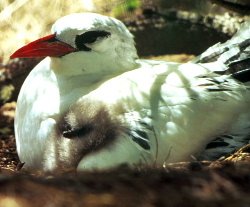

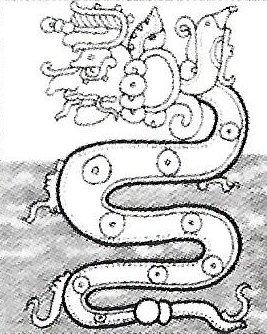

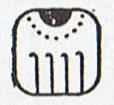
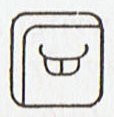
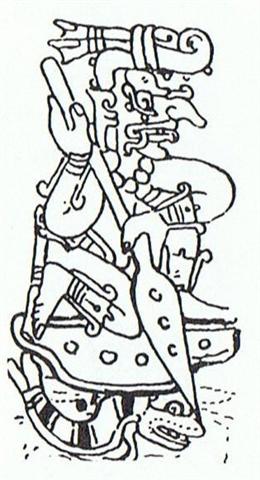
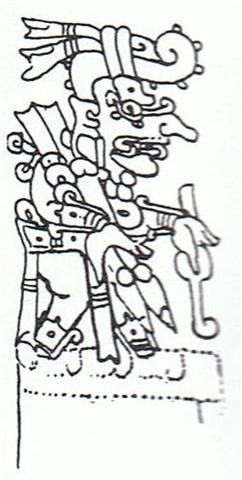
.jpg)
